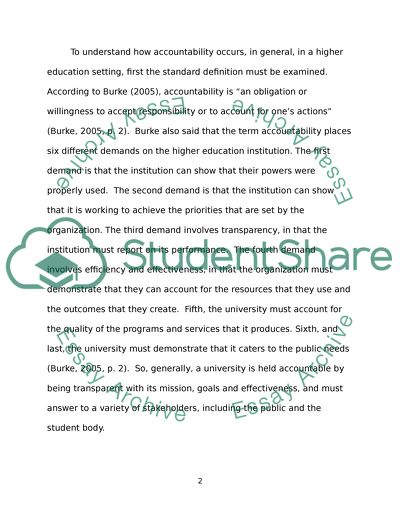Cite this document
(“How does term accountability from a legal viewpoint impact higher Research Paper”, n.d.)
Retrieved de https://studentshare.org/education/1390189-literature-review-how-does-term-accountability
Retrieved de https://studentshare.org/education/1390189-literature-review-how-does-term-accountability
(How Does Term Accountability from a Legal Viewpoint Impact Higher Research Paper)
https://studentshare.org/education/1390189-literature-review-how-does-term-accountability.
https://studentshare.org/education/1390189-literature-review-how-does-term-accountability.
“How Does Term Accountability from a Legal Viewpoint Impact Higher Research Paper”, n.d. https://studentshare.org/education/1390189-literature-review-how-does-term-accountability.


